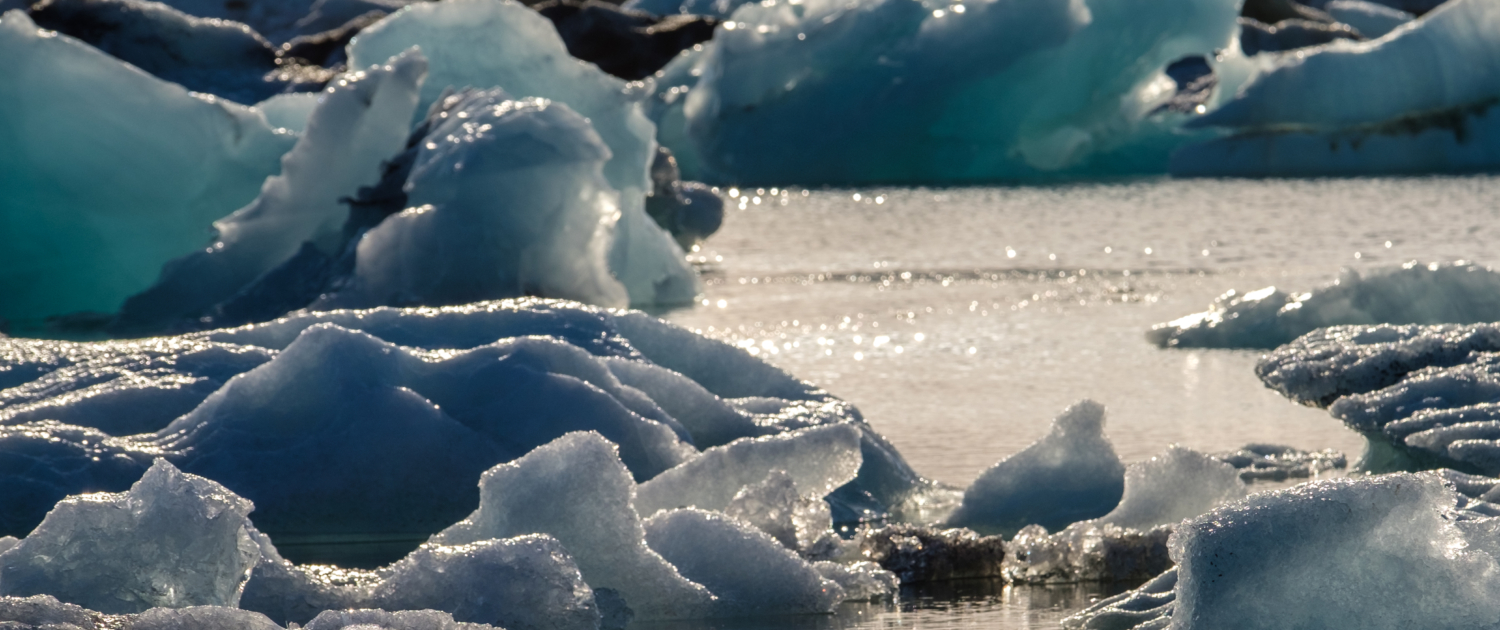Melting Sea Ice
Canada’s Arctic region is melting as a result of average higher temperature. Over the last 30 years, the extent of annual average sea ice in the north has decreased by 8%, and in the summer, losses of late-summer ice coverage range between 15 and 20%, which is much higher than the annual average. Some models project that summer sea ice will decline by greater than 50% by the end of this century (IPCC, 2001; ACIA, 2004). In addition, evidence indicates that the depth of sea ice has decreased by 40% during late summer and early autumn between the 1960s and late 1990s (ACIA, 2004). The decline in depth and coverage of sea ice will undermine the survival of wildlife such as the polar bear, seal and the walrus.
Animals will have to travel to different areas to seek food if the sea ice moves or disappears. This will make it difficult for Indigenous hunters who depend on the sea ice as a means to safely hunt these and other animals. A decline in sea ice accelerates warming in the Arctic because as snow and ice melts, the land becomes exposed. Land is darker than the snow and ice, and as a result, it absorbs more of the sun’s energy. As the land warms, it helps to accelerate the melting of ice and snow and the cycle of warming continues. This regional warming helps to accelerate warming at a global scale as well (ACIA, 2004).

